Unknown Facts About Lord Muruga / Karthikeya / Skanda Part II
Why is he called Swaminatha?
Once he asked Lord Brahma to explain the meaning of Om. Brahma explained to him but he was not satisfied. Later on, when asked by Lord Shiva, he explained the whole episode to him. Lord Shiva told that he must learn from Lord Brahma, as he is the supreme creator. Kartikeya replied asking him to narrate the meaning of Om. But, Lord Shiva smiled and said he didn’t know either. Then, Kartikeya said he could tell him the meaning.
‘Then tell me the meaning since you know it’, said Lord Shiva.
‘I can’t tell you like this. You have to give me the place of the Guru. Only if you put me on the pedestal of the Guru can I tell you’, said Kartikeya. Guru means he has to be on a higher position or platform. The teacher has to sit on a higher place and the student has to sit down and listen to him.
How can Lord Shiva find a seat higher than him for He was the highest and greatest of Gods? So then Lord Shiva lifted the young Kartikeya on to His shoulders. And then in the ear of Lord Shiva, Lord Kartikeya explained the meaning of the Pranava Mantra (Om).Kartikeya explained that the entire Creation is contained in Om. The Trinity – Lord Brahma, Vishnu and Shiva are contained in Om. This is the essence and also the secret of Om that Lord Kartikeya narrated to Lord Shiva. Upon hearing this, Goddess Parvati (Mother of Lord Kartikeya, and an incarnation of the Mother Divine) was elated and overcome with joy.
Lord Kartikeya’s appearance
Lord Kartikeya is one of the most beautiful and handsome gods. He is also known as Skanda.He rides a peacock called Paravani. His preferred weapon is the Vel or spear hence the popular name Velayudhan – he whose weapon is a spear. He is called Yuddharanga or the wisdom of war too. He is represented with six heads and twelve hands. He is popularly known as Subramaniam too which is a common South Indian name.
His Consorts
Lord Muruga has two consorts – Valli and Devasena. Valli is a tribal girl and Devasena is the daughter of Indra, the king of the Devas. His mount is the peacock.
Symbols
Kartikeya carries on one hand a spear and his other hand is always blessing devotees. His vehicle is a peacock, a pious bird that grips with its feet a serpent, which symbolizes the ego and desires of people. The peacock represents the destroyer of harmful habits and the conqueror of sensual desires. The symbolism of Kartikeya thus points to the ways and means of reaching perfection in life.
Marriage of Lord Skanda
Amritavalli and Saundaravalli were two daughters of Vishnu born from his eyes. They developed undying love for Skanda and performed severe austerities to obtain him as husband. At Skanda’s instructions, Amritavalli incarnated as Devasena, a young girl under the guardianship of Indra in Swarga. Saundaravalli took the form of Valli, a lass under the protection of Nambiraja, a hunter near Kanchipuram. ‘Valli’ is a Tamil term for the Sanskrit ‘Lavali’, a kind of creeper. As she was found among the creepers as a baby, the hunter called her ‘Valli’. After the war with Surapadma was over, the devas were overjoyed. Skanda acceded to Indra’s prayer to accept Devasena as his consort. The divine wedding was celebrated with great enthusiasm at Tirupparankundram near Madurai in the presence of Parvati and Siva. Indra’s recoronation in Amaravati in Swarga followed. Devas regained their power and positions. Skanda took his home in Skandagiri. He then proceeded to Tiruttani near Chennai, where Valli was looking after barley fields. After a series of sportive love-pranks, in which his brother Vighneswara also lent a helping hand, he married her.
Festivals
Kumara Purnima, which is celebrated on the full moon day after Vijayadashami, is one of the popular festival dedicated to Kartikeya in Odisha. It is believed that unmarried girls worship Kartikeya on this day to get grooms handsome as Kartikeya.
The Kavadi Attam or Kanwar
The Kavadi Attam is a dance performed at the time of the ceremonial worship of Murugan, during Thai Pusam, revering him as the God of War. There is a story behind this Kavadi. Lord Shiva once entrusted the dwarf saint sage Agastya to carry two hillocks and install them in South India. But the sage asked his disciple, Idumban to get them instead. Idumban could not initially lift the hillocks, until he obtained divine help. Idumban put the hillocks down to rest awhile, near Palani. When he attempted to continue with his journey, he found that the hillocks were immovable. Idumban then sought the help of a scantily dressed youth, who said that the hillocks belonged to him. In the ensuing scuffle, Idumban was defeated. Idumban realized then that the youth was none other than Lord Murugan. Idumban pleaded to be pardoned and asked that anyone who comes to the hills to worship Murugan with an object similar to the two hillocks suspended by a rod, may be granted his heart’s desire. Idumban’s wish was granted. That is how the kavadi or Kanvad came to play its role in Hindu festivals
Reach us to be a part of our whatsapp spiritual reminder group
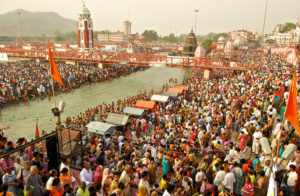
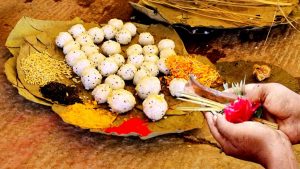
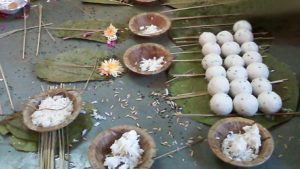
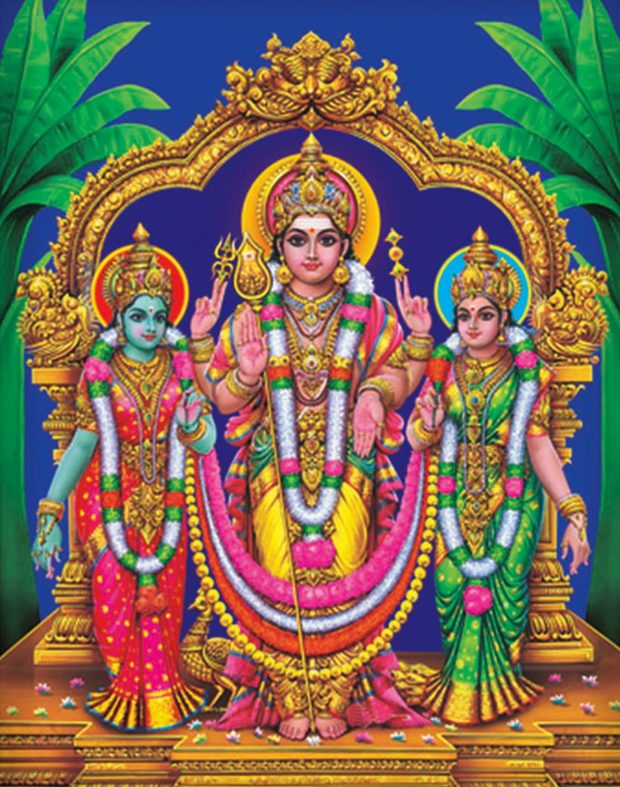
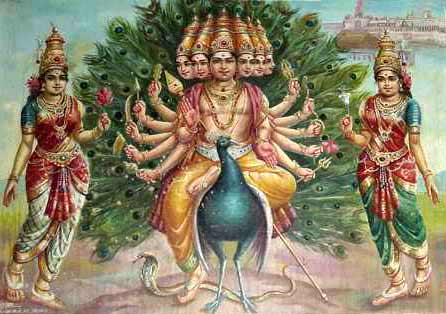
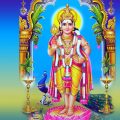






The information above were very informative and has increased my knowledge about Lord Kartikey..
Thanks.